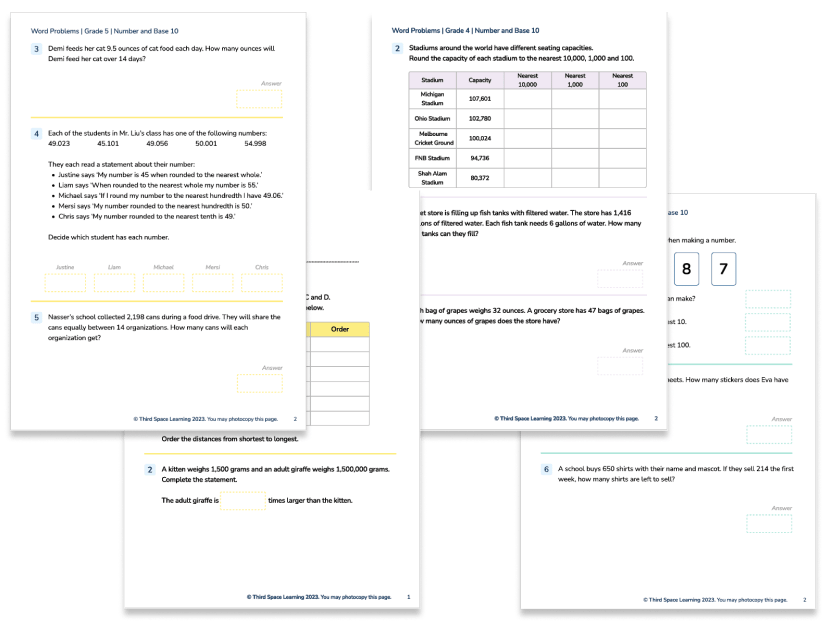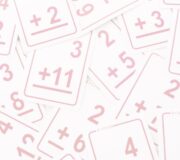20 Fraction Word Problems for 1st Grade to 5th Grade With Tips On Supporting Students’ Progress
Fraction word problems are an important piece in teaching fractions. Fractions are a key component of the Common Core State Standards throughout elementary, with children introduced to the concept in 1st grade and continuously building upon their knowledge and understanding, through to 5th grade and beyond.
The abstract nature of fractions makes them one of the more difficult areas of math for children to understand. It is essential that they are taught through the use of concrete resources and visual images, but also through a link to the real world. Word problems are a great way to help children develop this understanding and should be used alongside any fluency work the children do.
To help you with this, we have put together a collection of 20 word problems which can be used with children from 1st grade to 5th grade.
- Why are word problems important for children’s understanding of fractions?
- How to teach fraction word problem solving in elementary school
- Fraction word problems for elementary
- Fraction word problems for 1st grade
- Fraction word problems for 2nd grade
- Fraction word problems for 3rd grade
- Fraction word problems for 4th grade
- Fraction word problems for 5th grade
- More math word problems resources
Word Problems Grade 5 Fractions and Decimals
11 grade 5 fractions and decimals questions to develop reasoning and problem solving skills.
Download Free Now!Why are word problems important for children’s understanding of fractions?
Word problems, alongside the use of concrete resources and visual images, help children to make sense of the abstract nature of fractions.
For example, if children were presented with the question
2 ÷ \frac{1}{3} , some might find this difficult to access. If children are given it as a word problem, alongside a visual image, it becomes much more accessible.
The above calculation as a word problem:
‘Janelle had 2 gallons of milk. Each recipe calls for \frac{1}{3} of a gallon of milk. How many recipes can Janelle make?’’
5th grade students can see and understand the concepts of a whole being shown as thirds, which they use to make the connection to dividing by unit fractions. This real world situation and its accompanying model give students tools to reason through the calculation, compared to just seeing the written equation.
How to teach fraction word problem solving in elementary school
As with all word problems, the first thing children need to do is read the question carefully and make sure they understand what is being asked. They then have to decide what calculation or explanation is needed and whether they can represent it pictorially.
Here is an example:
Ben has a bag of 48 candies.
He gives \frac{3}{8} of his bag to his brother.
How many candies does he have left?
How to solve:
What do you already know?
- There are 48 candies altogether.
- The denominator is 8, so we know we need to divide the 48 by 8. This will tell us how many candies are in \frac{1}{8} .
- The numerator is 3, therefore we need to multiply the answer by 3, to tell us how many candies are in \frac{3}{8} .
- The last step of the problem is to find out how many candies Ben has left.
- We can either calculate \frac{5}{8} , since we know Ben must have \frac{5}{8} left, or we subtract the number of candies in \frac{3}{8} from the total of 48.
How can this be drawn/represented visually?
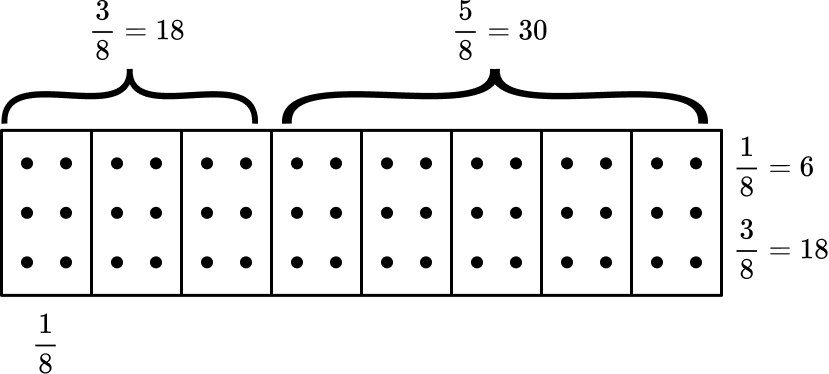
- We can draw a bar model, split into 8 sections.
- The 48 candies are then shared between the 8 sections (each worth \frac{1}{8} ).
- We can see that \frac{3}{8} of the 48 candies equals 18 candies.
- We can then either subtract 18 from 48, to work out how many candies were left. 48 – 18 = 30
- Alternatively, we can calculate how many candies are in \frac{5}{8} , which is 30.
Word problems like these are essential in Third Space Learning’s one-to-one AI math tutoring programs. Skye, the AI math tutor, works with students to break down word problems and identify the operations needed to solve problems.
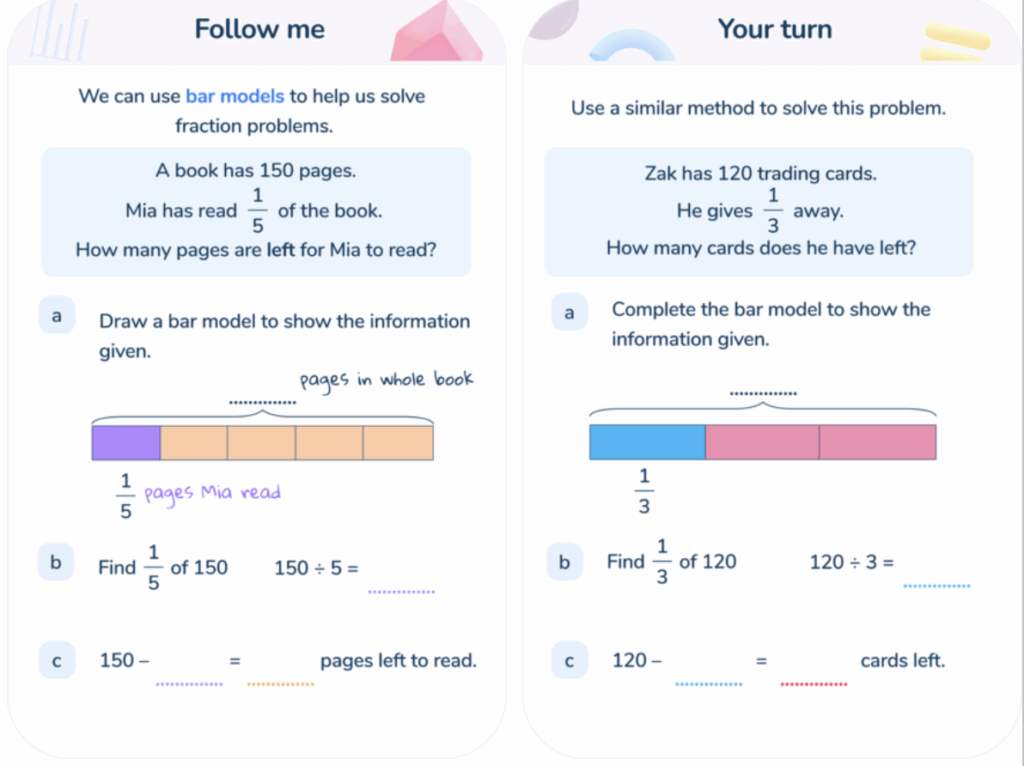
Fraction word problems for elementary
The following section lays out the types of fraction word problems that you can expect to see by grade level in elementary school.
At Third Space Learning we incorporate word problems into our one-to-one AI math tutoring. With each lesson designed to suit the needs of each individual student, our tutoring program aims to deepen mathematical understanding and confidence in math.
Fraction word problems are a great way to strengthen students’ conceptual understanding of fractions and grow their problem solving skills.

Meet Skye, the voice-based AI tutor making math success possible for every student.
Built by teachers and math experts, Skye uses the same pedagogy, curriculum and lesson structure as our traditional tutoring.
But, with more flexibility and a low cost, schools can scale online math tutoring to support every student who needs it.
Find out moreFraction word problems for 1st grade
Word problems in 1st grade involve recognizing and solving with halves and fourths and beginning to understand the concept of equivalence. Students are not expected to use formal fraction notation in 1st grade.
Question 1
Maisie has a birthday party. She invites 16 friends. Half of the friends are in her class.
How many friends did she invite from her class?
Answer: 8 friends
Question 2
Ahmed ate a quarter of a pizza.
Show how much pizza Ahmed ate in the circle below.
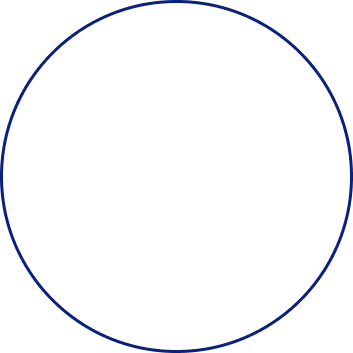
Answer:
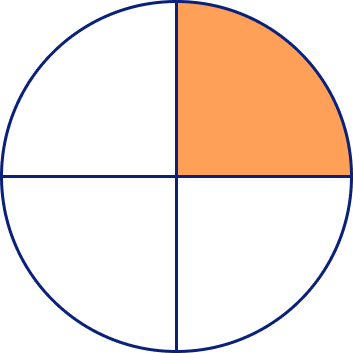
Question 3
Sara says ‘I ate one-half of a pizza and my friend ate one-fourth. My friend and I ate the same, because we both ate 1 piece’.
Is she correct? Explain why or why not.
Answer: Sara is wrong. One half and one fourth are not the same size. One fourth is smaller than one half.
Question 4
Tom and Zeyn shared a chocolate bar.
They both had a quarter of the chocolate bar.
How much was left?
Answer: Half (or two fourths) of the chocolate bar
Fraction word problems for 2nd grade
Word problems for 2nd grade include recognizing and solving with halves, thirds and fourths and continuing to understand the concept of equivalence. Students are not expected to use formal fraction notation in 2nd grade.
Question 1
Sophie ate one fourth of her chocolate bar.
If the bar had 20 squares, how many squares did Sophie eat?
Answer: 5 squares
Question 2
There are 70 children on the bus.
Half of the children are wearing jackets.
How many children are wearing jackets?
Answer: 35 children
Question 3
There are 30 pets at the pet store.
Two thirds of the pets at the pet store are cats.
How many pets at the pet store are cats?
Answer: 20 pets
Question 4
Hamza and Khalifa shared a pizza.
Hamza ate two fourths of the pizza and Khalifa ate one fourth.
How much pizza was left?
Answer: One fourth
Fraction word problems for 3rd grade
Word problems for 3rd grade include recognizing and solving with halves, thirds, fourths, sixths and eighths. Students continue to explore equivalence, including showing fractions on a number line and comparing the size of two different fractions. Students begin to use formal fraction notation in 3rd grade.
Question 1
Abdullah has $18 in allowance. He spent \frac{1}{3} of his allowance on a new game.
How much did he spend on the game?
Answer: $6
\frac{1}{3} of 18 = $6
Question 2

Bethan colors in two triangles in the picture above. What fraction of the picture is colored in?
Answer: \frac{2}{8} (or \frac{1}{4} )
Question 3
Jamal walks \frac{4}{6} of a mile. Show how far Jamal walked on the number line.

Answer:

Question 4
Jonah colors \frac{3}{4} of a piece of paper blue. Maryam colors \frac{6}{8} of a piece of paper blue. Jonah says “We colored the same fraction of paper.”
Is Jonah correct? Explain your thinking with a model.
Answer: Yes, because \frac{3}{4} = \frac{6}{8} . I know that because 3 out of 4 is the same amount as 6 out of 8.
Fraction word problems for 4th grade
Word problems for 4th grade include more complex equivalent fractions, problems involving mixed numbers and improper fractions, adding and subtracting fractions (with common denominators), multiplying unit fractions by whole numbers and connecting fractions to decimal tenths and hundredths. In 4th grade, students work with the denominators 2, 3, 4, 5, 6, 8, 10, 12 and 100.
Question 1
Asher completed \frac{5}{12} of the puzzle. Nova completed \frac{5}{8} of the puzzle. Who completed more? Explain.
Answer: Nova completed more because \frac{5}{8} is greater than \frac{5}{12} . I know this because…
- \frac{5}{12} is a little less than half and \frac{5}{8} is a little more than half
OR - Both \frac{5}{12} and \frac{5}{8} are 5 parts, but 8ths are bigger than 12ths
OR - I used a common denominator of 24 and saw that \frac{5}{8} was more 24ths
Question 2
Eliana has 5 \frac{1}{3} cups of carrots. She uses 3 \frac{2}{3} cups of carrots in a recipe. How many cups of carrots does she have left?
Answer: 1 \frac{2}{3} cups of carrots
5 \frac{1}{3} – 3 \frac{2}{3} = 1 \frac{2}{3}
Question 3
Eden asked each 4th grade student what their favorite fruit was.
\frac{1}{5} of the students said watermelon, \frac{2}{6} said strawberries and \frac{3}{10} said peaches. The rest said apples.
If Eden surveyed 60 students in all, how many students said apples were their favorite fruit?
Answer: 10 students
\frac{1}{5} of 60 = 12
\frac{2}{6} of 60 = 20
\frac{3}{10} of 60 = 18
12 + 20 + 18 = 50, so 10 more to get to 60
Question 4
Roman walked \frac{3}{10} of a mile. Aniyah walked \frac{40}{100} of a mile. How far did they walk combined?
Answer: \frac{7}{10} or \frac{70}{100}
\frac{3}{10} + \frac{40}{100} = \frac{7}{10} or \frac{70}{100}
Fraction word problems for 5th grade
Word problems for 5th grade include adding and subtracting fractions with different denominators, multiplying fractions, interpreting a fraction as the numerator divided by the denominator, dividing unit fractions by whole numbers and dividing whole number by unit fractions.
Question 1
Hattie solves 2 \frac{3}{7} + \frac{2}{8} = 2 \frac{5}{15} . Use benchmark fractions and estimation to decide if Hattie’s answer is reasonable. Explain your thinking.
Answer: Hattie’s answer is not reasonable because \frac{3}{7} is very close to \frac{1}{2} , so adding \frac{2}{8} will make the sum about 2 \frac{1}{2} or a little more. However, 2 \frac{5}{15} is equal to 2 \frac{1}{3} , which is less than 2 \frac{1}{2} .
Question 2
Malik has \frac{4}{5} pounds of clay. He uses \frac{2}{3} of the clay he has. How many pounds of clay are left?
Answer: \frac{8}{15} of a pound
Question 3
If 11 people want to share a 4 pound bag of flour, how many pounds of flour will each person get?
Answer: \frac{11}{4} or 2 \frac{3}{4}
11 ÷ 4 = \frac{11}{4} or 2 \frac{3}{4}
Question 4
Ari is sharing candy equally between herself and 4 friends. If she has \frac{1}{2} of a pound of candy, how much candy will each person get?
Answer: \frac{1}{10} of a pound
\frac{1}{2} 5 = \frac{1}{10}
More math word problems resources
Third Space Learning offers a wide range of practice word problems for all elementary grade levels and covers a large number of topics, including; time word problems, addition word problems and subtraction word problems.
Do you have students who need extra support in math?
Skye—our AI math tutor built by experienced teachers—provides students with personalized one-on-one, spoken instruction that helps them master concepts, close skill gaps, and gain confidence.
Since 2013, we’ve delivered over 2 million hours of math lessons to more than 170,000 students, guiding them toward higher math achievement.
Discover how our AI math tutoring can boost student success, or see how our math programs can support your school’s goals:
– 3rd grade tutoring
– 4th grade tutoring
– 5th grade tutoring
– 6th grade tutoring
– 7th grade tutoring
– 8th grade tutoring
The content in this article was originally written by former Deputy Head Teacher Emma Johnson and has since been revised and adapted for US schools by elementary and middle school teacher Kathleen Epperson.
